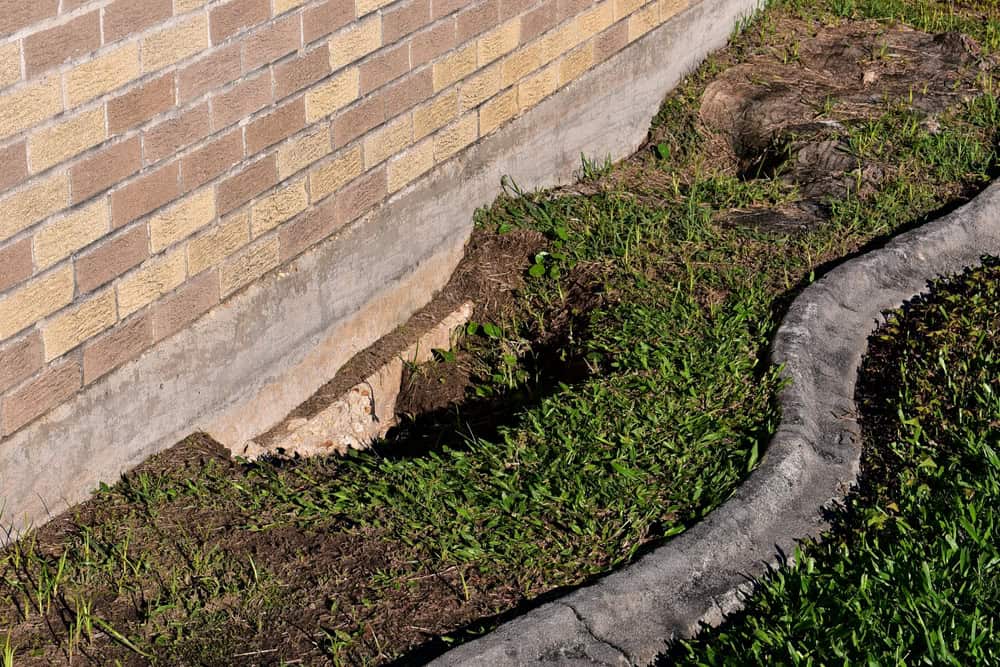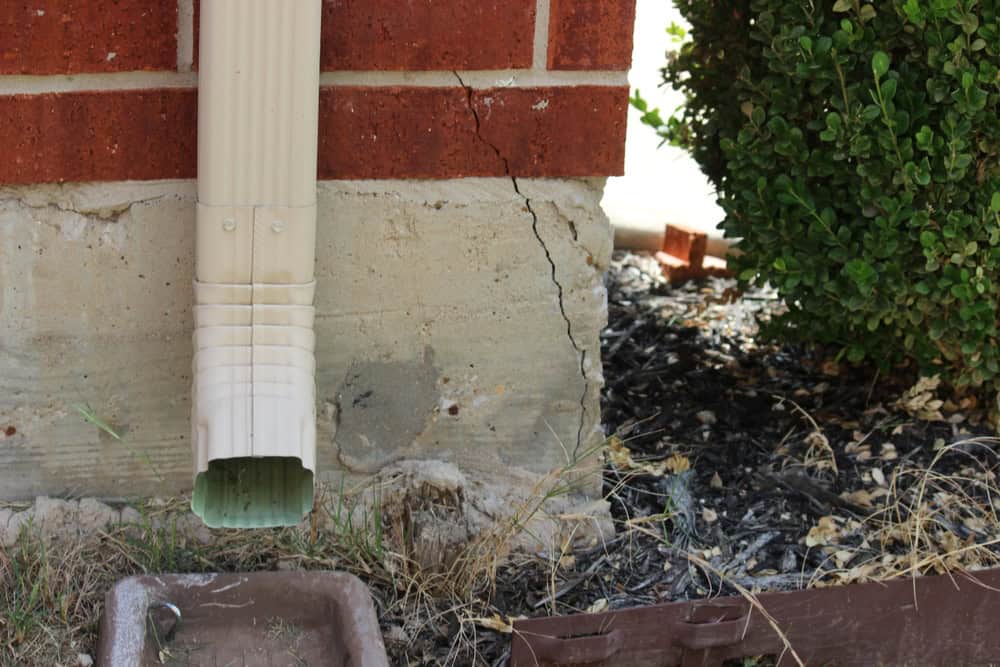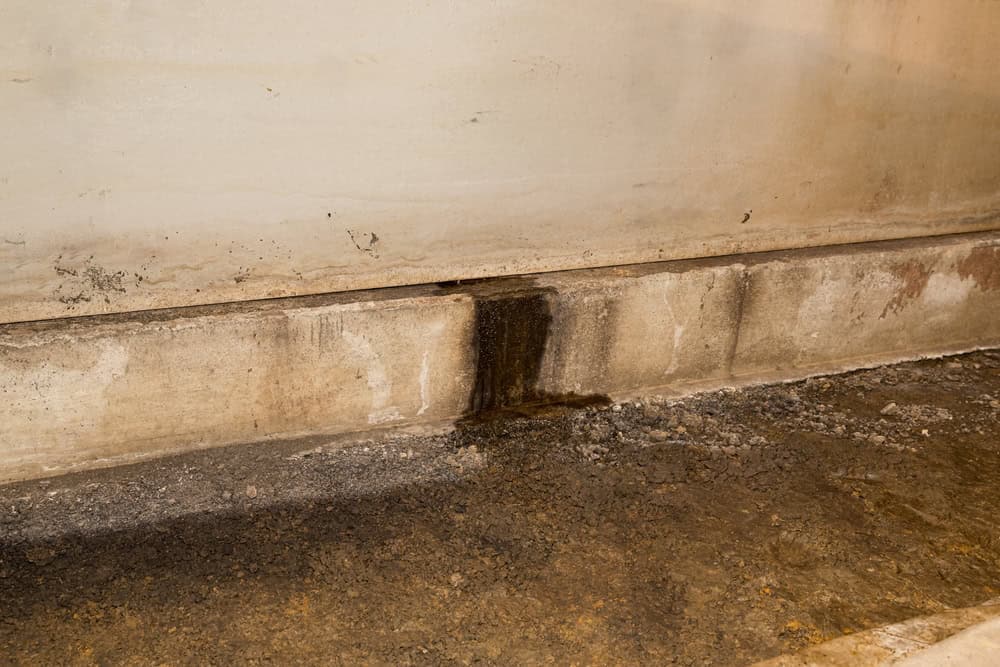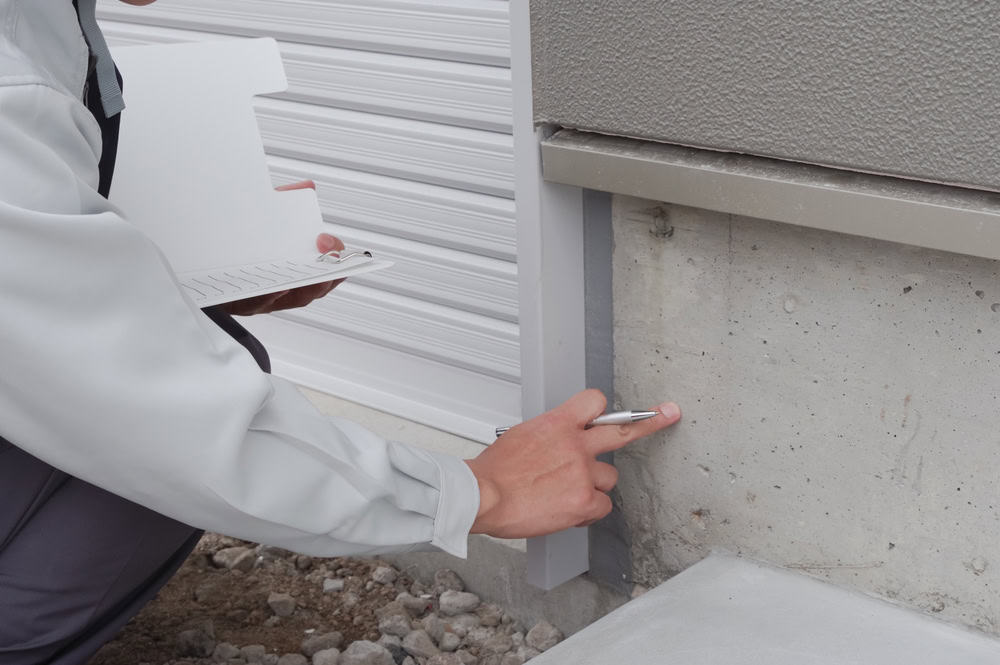The Impact of Water on Your Home and How to Protect Your Foundation

Water is one of the most destructive forces your home will face. Whether it seeps in below ground or pools around your foundation, water can lead to cracks, heaving, leaks, and even structural movement. Protecting your home from water damage starts with proper drainage and regular inspections.
Why Water is a Threat to Your Foundation
Water can cause major damage to your home in several ways:
- Seepage: Water at or below ground level can seep through small cracks in foundations, leading to leaks and flooding in your basement or crawl space.
- Heaving and Cracks: Excess water around the foundation can freeze and expand, causing cracks or shifts in the foundation.
- Structural Movement: Prolonged exposure to water can weaken the soil supporting your foundation, putting your home at risk for destabilization.

How to Prevent Water Damage

-
Grade the Ground Properly Around Your Home:
- Ensure that the soil around your home slopes away from the foundation. Proper grading encourages water to flow away from the house rather than pooling near the base.
-
Maintain Gutters and Downspouts:
- Properly functioning gutters and downspouts channel rainwater away from your foundation.
- Inspect for:
- Clogged gutters that cause overflow near the foundation.
- Downspouts that do not extend far enough away from the house.
-
Fix Problem Downspout Extensions:
- If your downspout doesn’t drain water far enough from your home, water may pool near your foundation. Here’s how you can fix it:
- Use a tin snip or hacksaw to remove a few inches from the downspout where it meets the elbow.
- Reinstall the elbow at a higher angle to create a better slope, ensuring water exits farther from the foundation.
- Secure the elbow with screws (drilling pilot holes if necessary).
- If your downspout doesn’t drain water far enough from your home, water may pool near your foundation. Here’s how you can fix it:
-
Inspect During Rainstorms:
- The best time to spot drainage issues is during heavy rain. Walk around your home to identify areas where water may be pooling or flowing toward the foundation. Quickly address any issues you observe.
Why Regular Visual Inspections Matter
Frequent inspections of your home’s exterior, especially after heavy rain, can help you catch water issues before they become major problems. Look for signs such as:
- Water pooling near your foundation.
- Damp spots, leaks, or cracking in basement walls or crawl spaces.
- Erosion of soil near downspouts or improperly sloped grading.

Quick Fix: Adjusting a Downspout for Better Drainage

Follow these simple steps to fix a common downspout issue:
- Tools Needed:
- Tin snip or hacksaw.
- Screwdriver or drill.
- Process:
- Remove the elbow from the downspout.
- Trim a few inches off the vertical section using the tin snip or hacksaw.
- Reinstall the elbow to create a sloped extension that directs water farther from the foundation.
- Secure the elbow with screws, drilling pilot holes if necessary.
Water can cause severe damage if it accumulates near or under your home. Regular inspections, proper grading, and well-maintained gutters and downspouts are critical to keeping your foundation safe. Small fixes, like adjusting a downspout, can have significant impacts in preventing potentially expensive water damage. Protect your home by staying proactive!